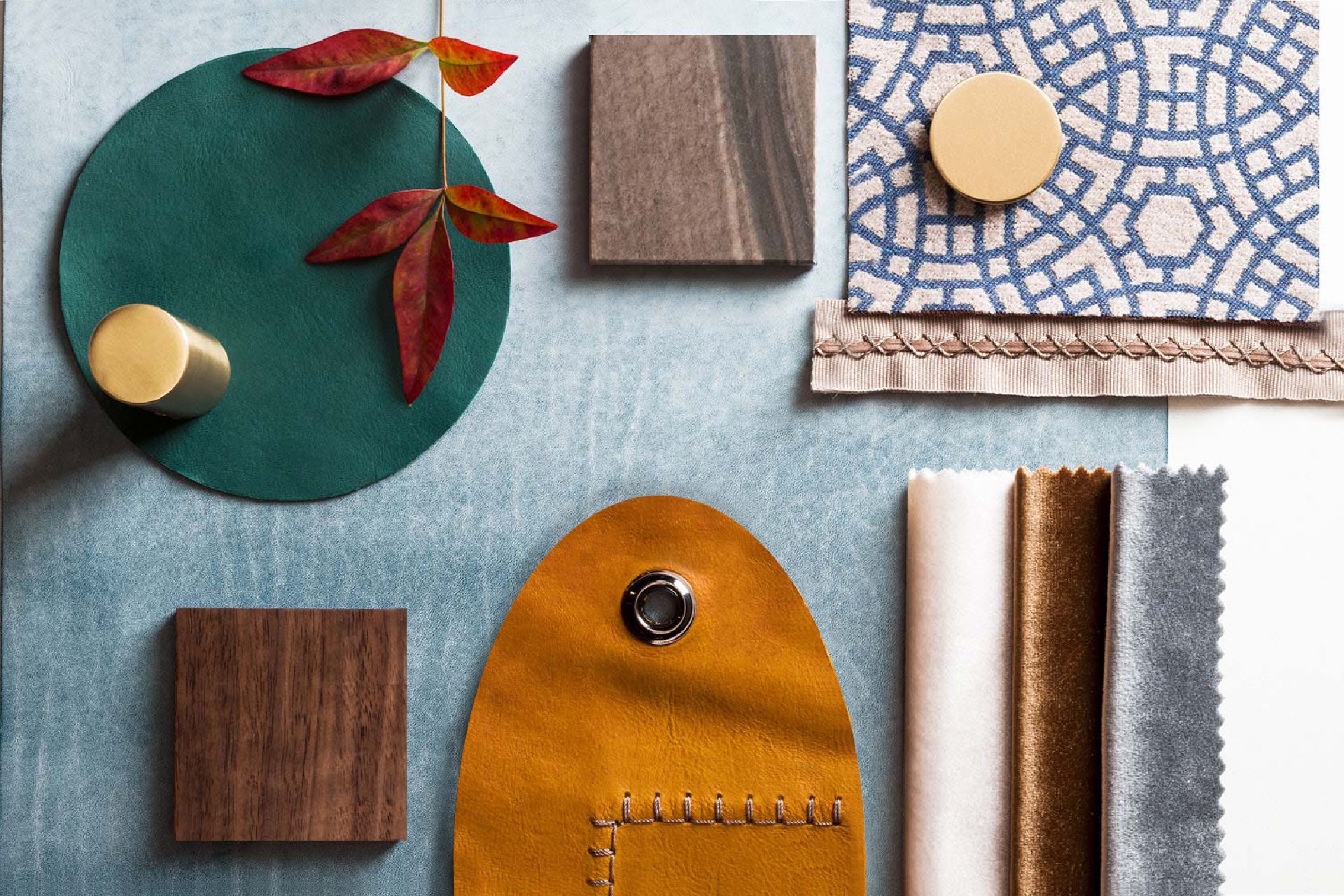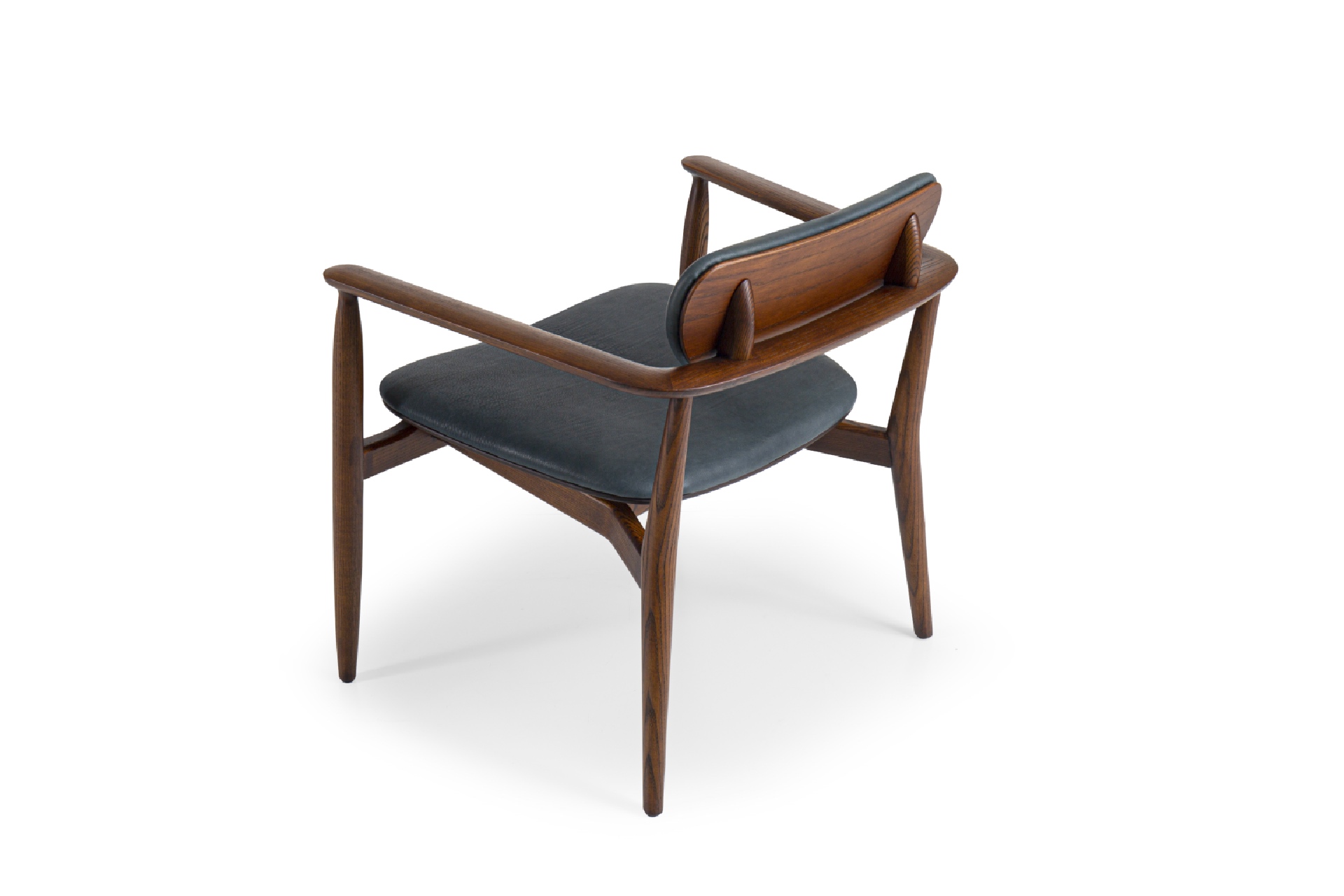

| CANVAS OF PLANS & DRAWINGS |
INTERIOR & DÉCOR, but with a twist |
| HOTELS & RESTAURANTS, beyond mainstream |
Notes on ART |
| Into big AFFAIRS | INSIDERS |
| GLIMPSES | |
Keywords:
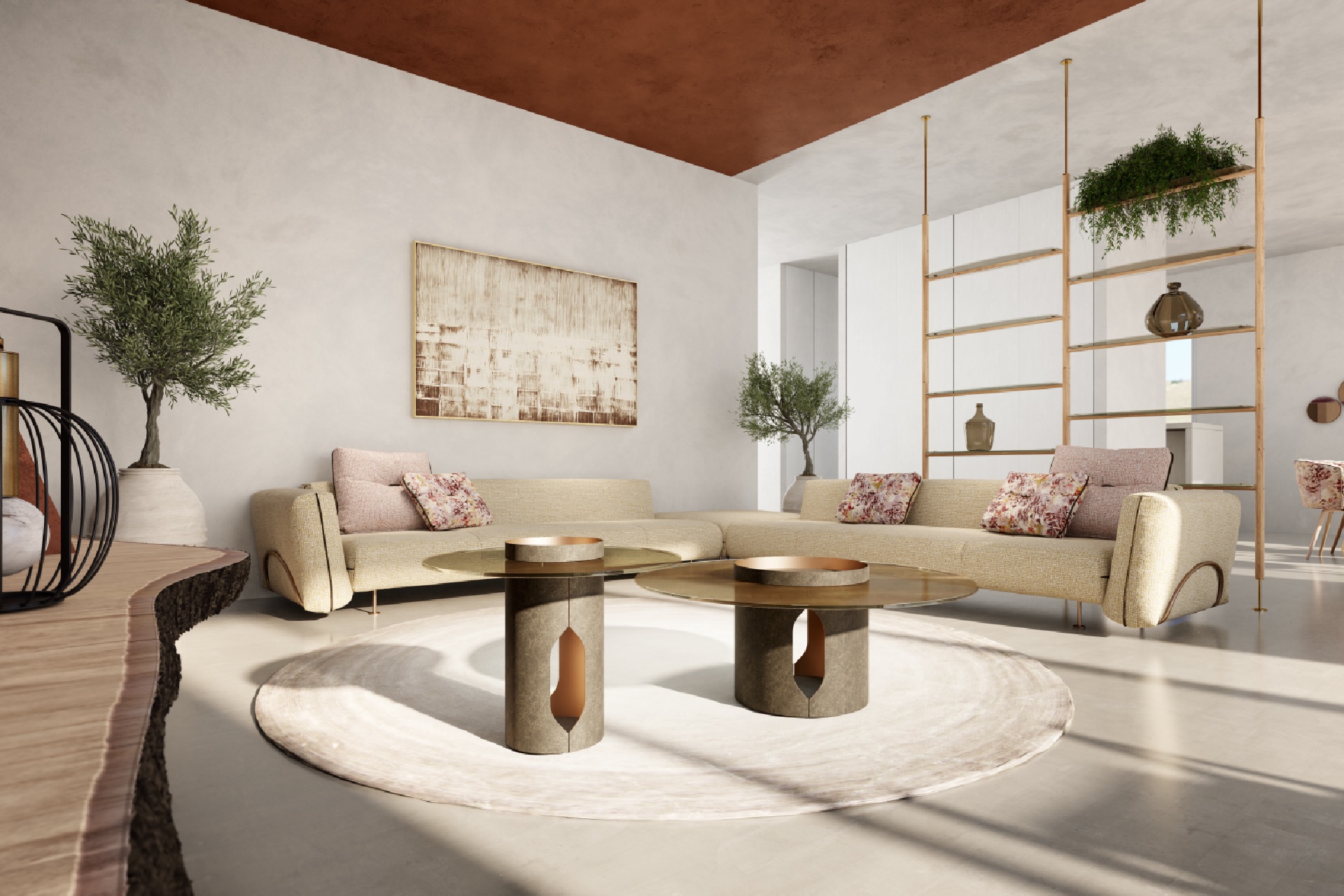
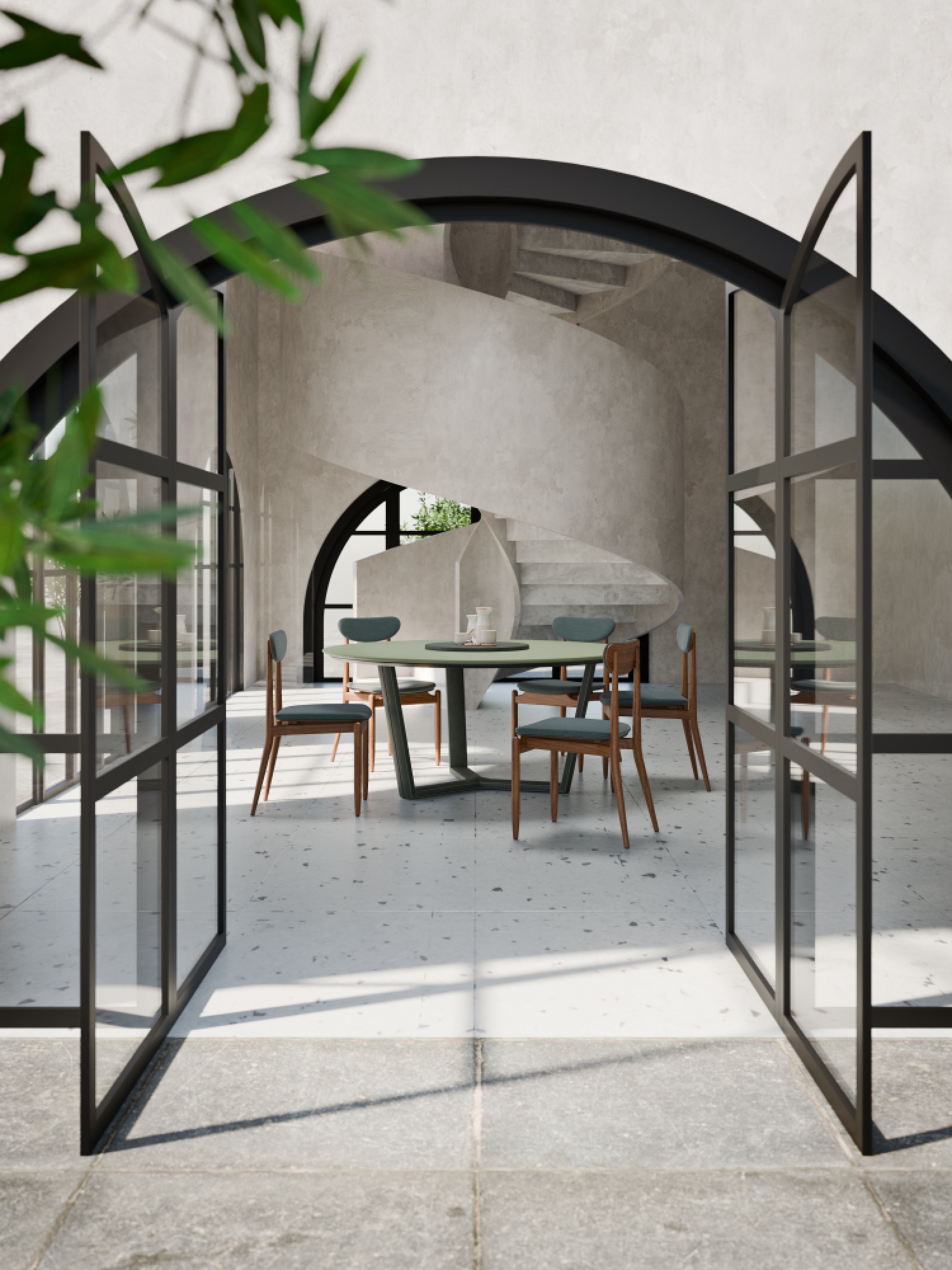
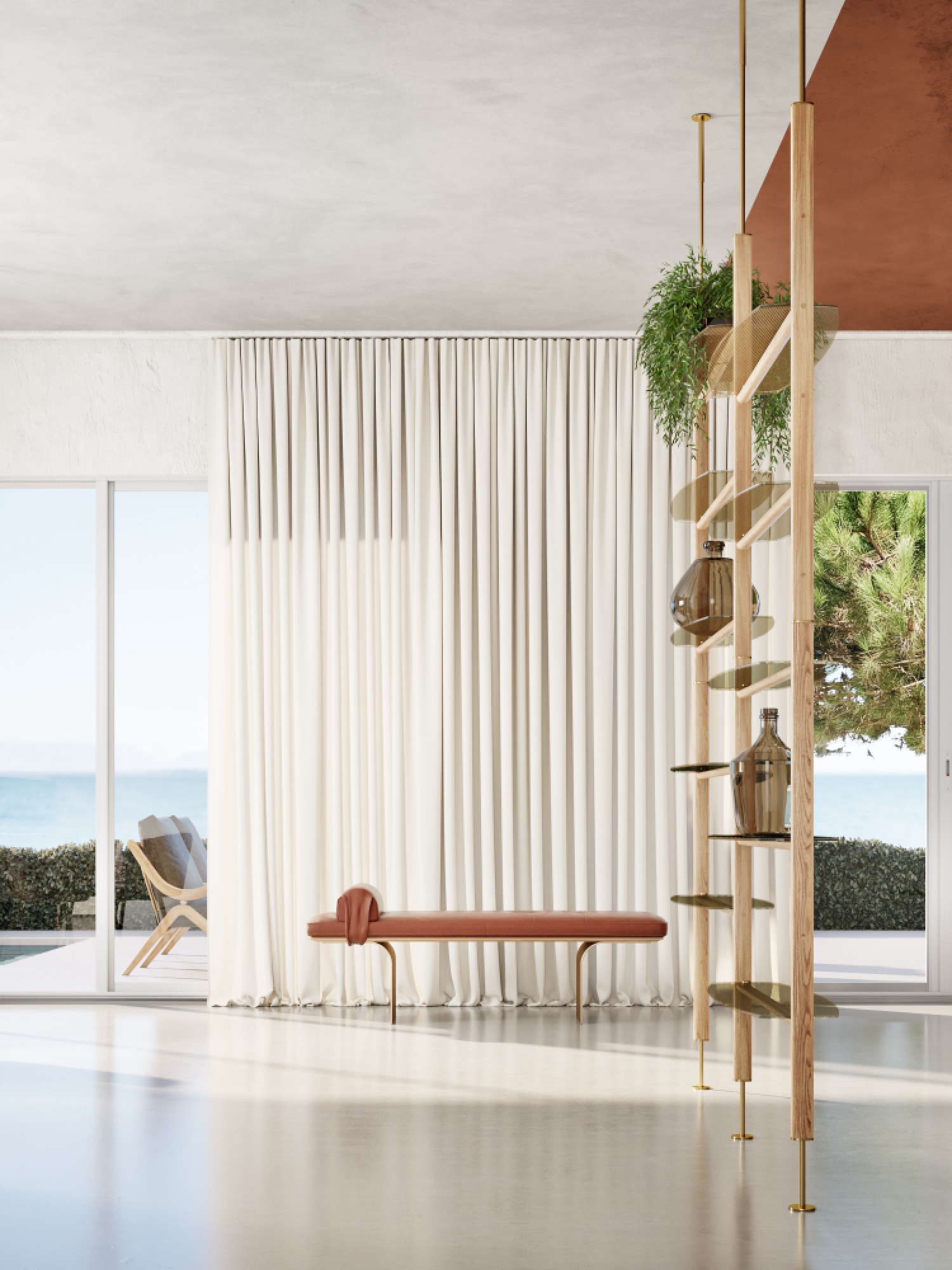
According to our vision, true sustainability is synonymous with durability. Beyond all the necessary efforts to reduce CO2 emissions, durability prevents the oversaturation of the market with products upon products, necessary to replace what does not last. Therefore, even if less impactful materials are used – with the required premise that zero impact does not currently exist – it is crucial to ensure they do not end up adding in a short time to the mountains of waste that the industry already produces. To avoid this scenario, we start with in-depth material research, focusing on total quality, involving structures, paddings, and upholstery. This research is carried out in the Tuscan territory, in compliance with our zero-mile philosophy. Indeed, over ninety percent of our raw materials are produced in our region. Moving from the territorial to the “macro”, with the same approach we have established a collaboration with the Florence-based reality Treedom for reforestation projects in the world. In this case, the aim is to offset CO2 emissions through virtuous initiatives.
Care is one of the ideals that is dearer to us, a legacy of my grandfather’s teachings. Care is a broad concept, not only concerning the products but also the quality of time of those who work with us and the type of services offered. Care means taking care of customers and suppliers, with whom we establish deep bonds, as there are entire families that have worked with us for generations, sharing our ideals and supporting us in maintaining a healthy work environment. All of this naturally translates into the final product, which absorbs it as a reflection: it is a movement that comes from people and intersects with every one of our projects.
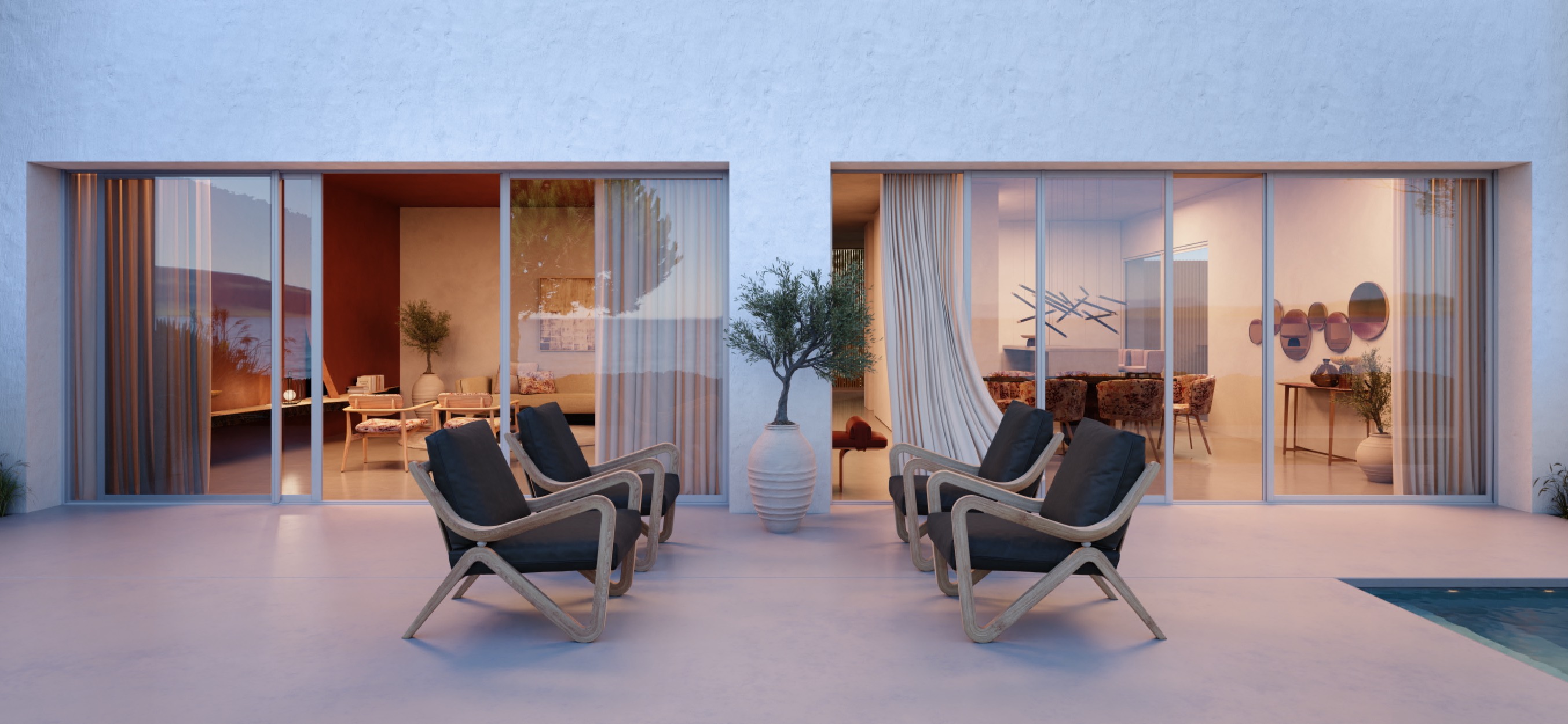
Regina chair stems from an armchair of the same name presented in 2021. The translation from armchair to chair occurred because that product line was so appreciated that we wanted to extend its characteristic lightness from the living area to the dining area. This is how the armless version was born. It is one of the products with the least padding in our collection, which is why we were able to indulge in details and materials. Its design is a synthesis of Scandinavian lines from the Seventies and a solid wood structure worked with that artisanal technique that defines part of our Italian heritage. There is no straight part of its structure that has not been worked, rounded, or curved. The result is an extraordinary lightness, to be combined in a contrasting formula with our more voluminous upholstered pieces. Furthermore, vegetable-tanned leather with non-chemical treatment makes it water-repellent, and thus suitable for outdoor use as well.
